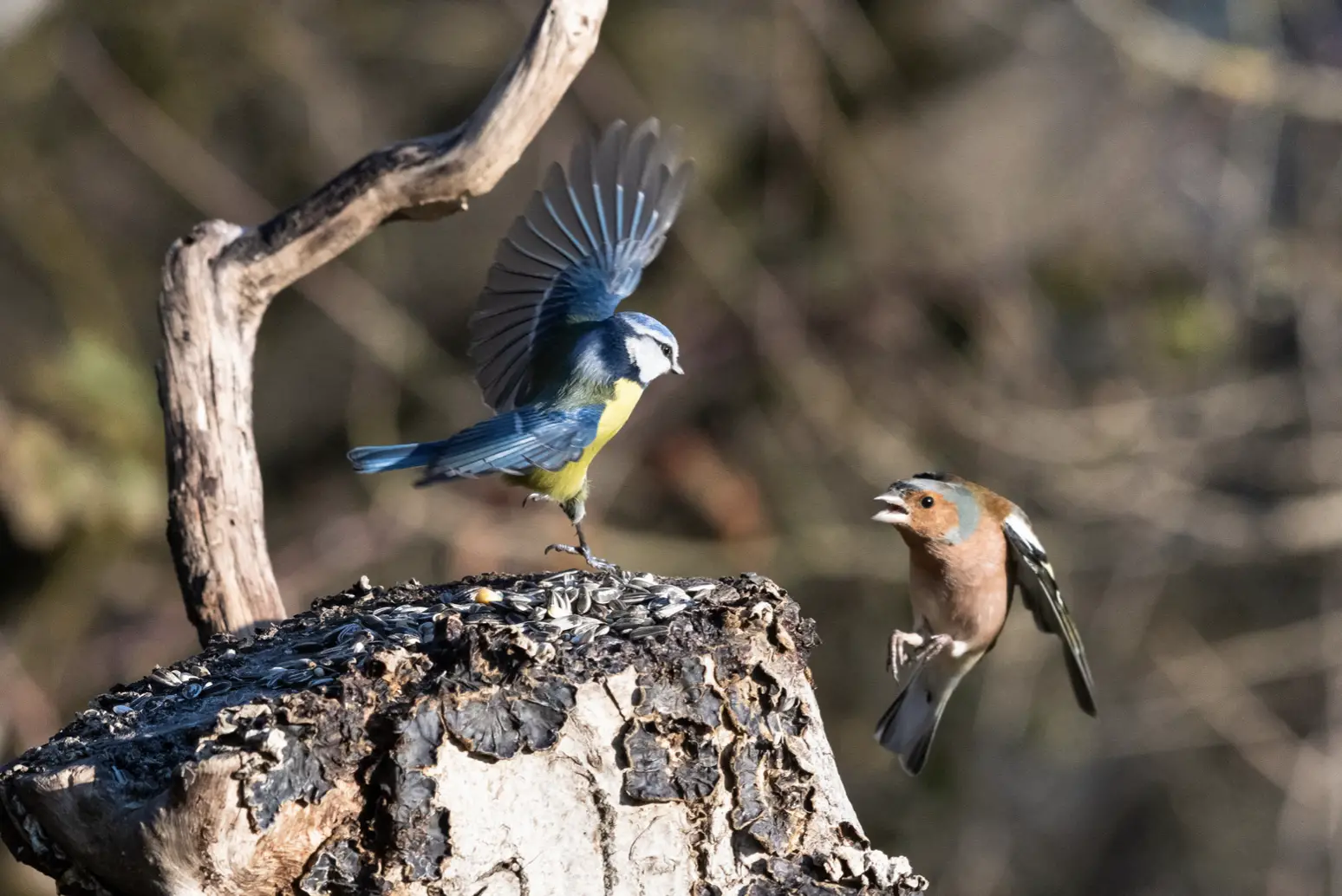What are Bird Territories
Bird territories are areas where birds claim ownership and defend against other birds of the same or similar species. The size of a bird’s territory depends on many factors, including the type of bird, the availability of food and nesting sites, and the density of the local population. Birds use a variety of strategies to defend their territories, including aggression, song, and display.
Most birds are territorial during the breeding season, when they are trying to attract a mate and establish a nesting site. However, some birds are territorial year-round, while others only defend their territories during certain times of the year. Some birds will even share their territories with other birds of the same species.
Bird territories can vary greatly in size. Small birds, such as finches, may have territories that are only a few square meters in area. Larger birds, such as eagles, may have territories that span thousands of square kilometers.
The boundaries of bird territories are often not clearly defined, and they can change over time. Birds may move their territories in response to changes in the environment, such as the availability of food or nesting sites.
Bird territories are important for the survival of the species. By defending their territories, birds ensure that they have access to the resources they need to survive and reproduce. Territories also help to keep populations of different bird species from interbreeding, which can lead to genetic problems.
Which birds are most territorial
Some of the most territorial birds include the American goldfinch, the northern cardinal, and the blue jay. These birds will defend their territories vigorously against other birds of the same or similar species.
What are some of the strategies that birds use to defend their territories
Birds use a variety of strategies to defend their territories, including aggression, song, and display.
How do bird territories help to keep populations of different bird species from interbreeding
Territories help to keep populations of different bird species from interbreeding by preventing members of one species from entering the territory of another. This helps to maintain the genetic integrity of each species.
What is the largest bird territory
The largest bird territory on record is that of the wandering albatross, which spans an area of more than 12 million square kilometres. This enormous territory covers much of the Southern Ocean, from Antarctica to South America.
What is the smallest bird territory
The smallest bird territory on record is that of the ruby-throated hummingbird, which is only about 4 square meters in area. This tiny territory is generally limited to the area around the bird’s nesting site.
Do birds mark territory
Some birds, such as the American goldfinch, will mark their territories with urine or faeces. However, most birds do not mark their territories in this way. Instead, they use visual cues, such as song and display, to communicate their ownership of a particular area.
What is the territorial behaviour of birds
Territorial behaviour is when a bird defends an area against other birds of the same or similar species. This behaviour is often seen during the breeding season, when birds are trying to establish a nesting site. However, some birds are territorial year-round, while others only defend their territories during certain times of the year.
Do birds fight over a nest
Birds will sometimes fight over a nest, but this behaviour is usually seen in species that live in close quarters, such as parakeets or finches. In most cases, the fighting is low-key and does not result in serious injury.
What happens if two birds of the same species meet outside of their territory
If two birds of the same species meet outside of their territory, they will usually avoid each other. However, if one bird intrudes on the other’s territory, the two may have a confrontation. The outcome of these confrontations can vary, from the birds simply chasing each other away to physical violence. In extreme cases, birds may even kill each other!
